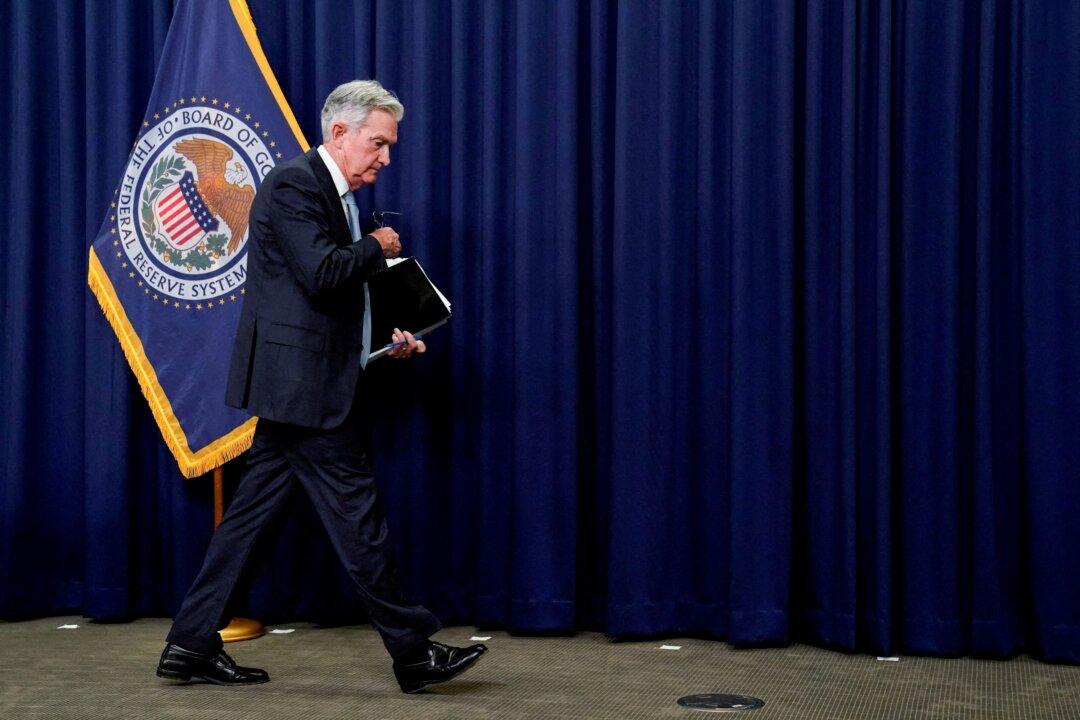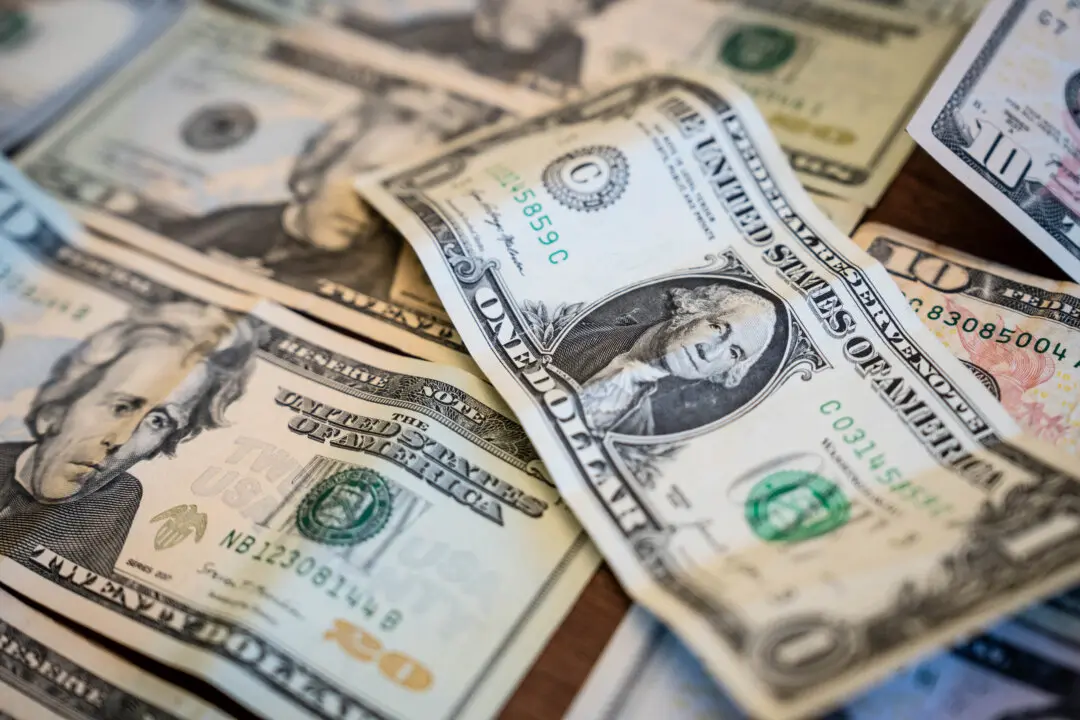The United States is at the beginning of a slowdown as the economy continues to face significant upside inflation risks and tighter credit conditions, according to new minutes from the July Federal Open Market Committee (FOMC) policy meeting.
Although the economy has been expanding at a “moderate pace,” the latest credit developments in the “sound and resilient” banking system were “likely to weigh on economic activity” for businesses and households.





